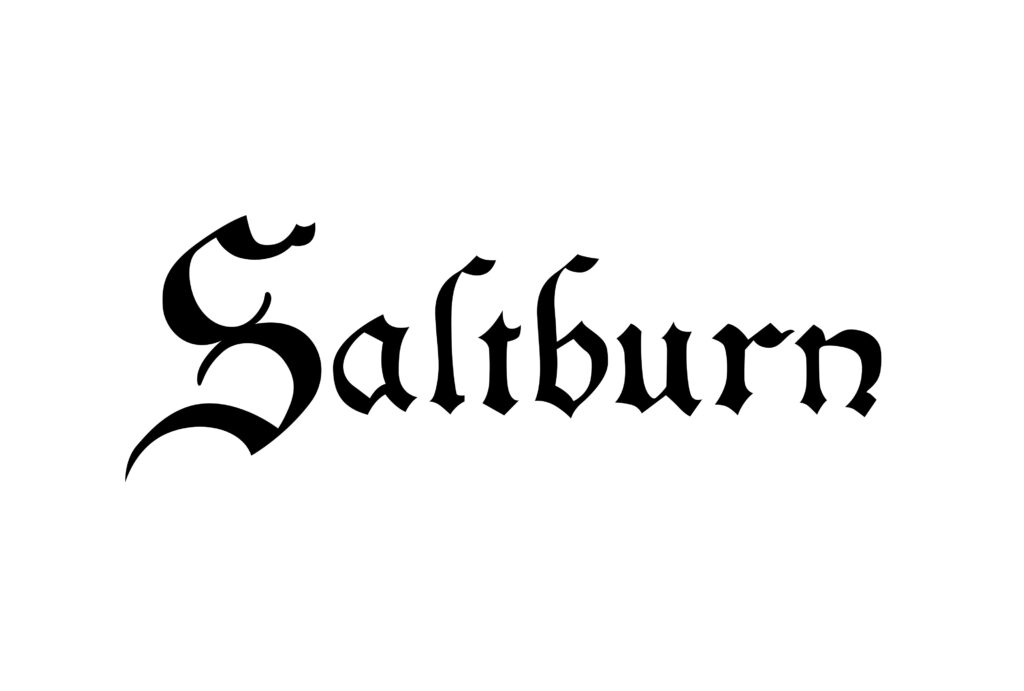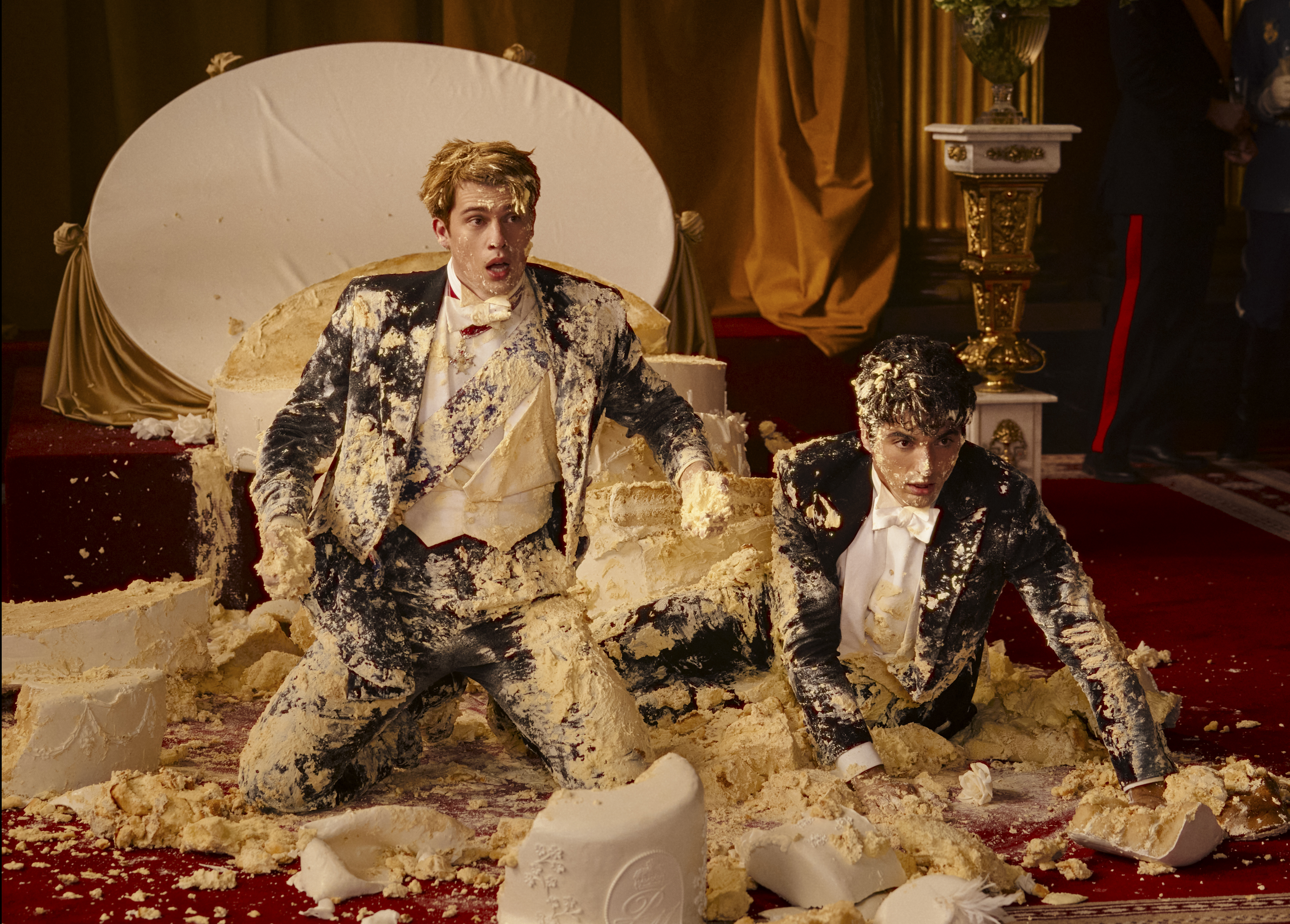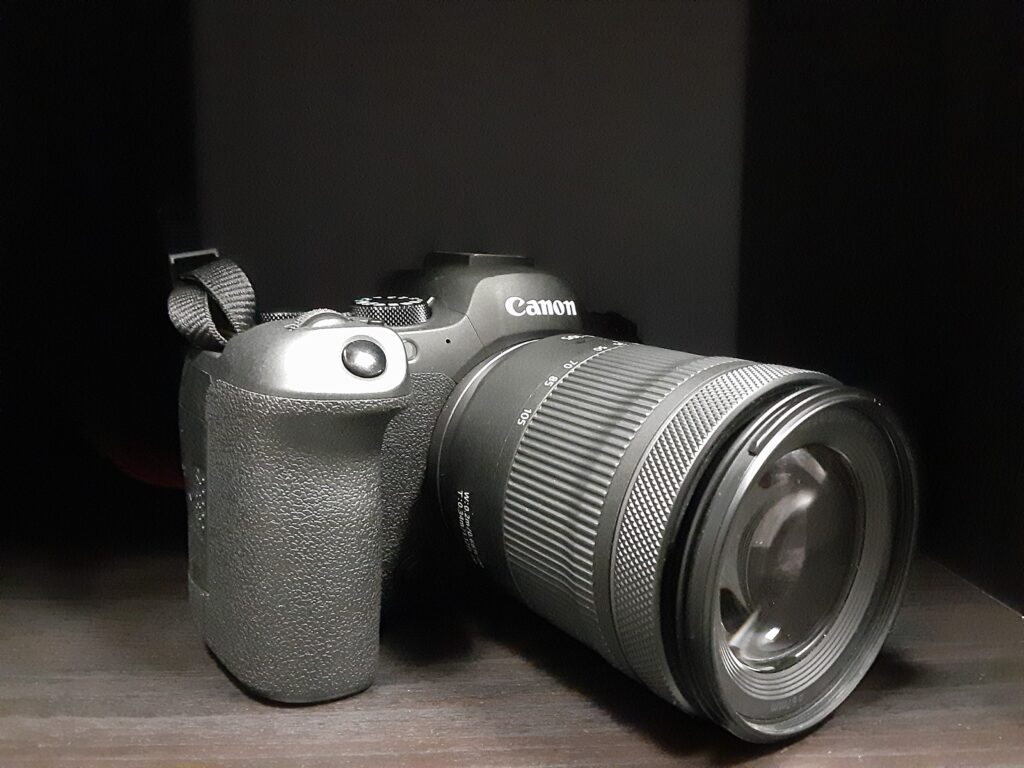
Aside from Wall-E, A New Hope is my favorite film, by and away for sounds. It’s not a coincidence that Ben Burtt did both movies, as his sound design style has that inventive feel to it. Realistically, it has to. After all, EP IV’s sounds didn’t exist, for the most part. Humanity doesn’t have a fleet of Star Destroyers we can go point a shotgun mic at for reference. His process for making these sounds is fascinating, and the final result for A New Hope led to sounds that were recorded and implemented so well that, for the most part, they’re still in use. Lightsabers, blasters, Chewie, etc. Star Wars looks very different than it used to, but sounds almost identical because I believe Burtt got it right the first time.

The emotional impact of the Star Wars soundtrack is without a doubt, wonder. Overwhelmingly, the sounds of A New Hope are new and unplaceable. Nothing we know of sounds like a lightsaber, adding to the audience’s feeling of intrigue. The music of EP IV plays well into the title of the movie, with moments in which the Jedi find themselves triumphant backed by that classic John Williams orchestral section. The sound profile of EP IV is one that is designed piece by piece to suspend our disbelief in an environment that we cannot hear. The sound of the Millennium Falcon jumping to hyper-drive is one that’s familiar, but not at all, and so we assume that “Yeah, that’s probably what a small freighter jumping to speeds beyond light would sound like”

The meaning of all of these sounds is that the universe is very much alive. Due to there being next to no matter in space for sound to vibrate through (1 hydrogen molecule/ square meter, if I recall correctly,) Burtt went into Star Wars up against the idea that this film wouldn’t have a great deal of noise to deal with. Instead, he made a soundtrack for the movie that made even the most mundane aspects like the interior of the Death Star so specifically alive. The space station had a constant sort of heart-beat almost, and it felt like this giant war machine was far more than a big laser and some hallways. The low hum not only echoed the massive machines that must have been necessary to operate such a gargantuan fortress, but added the bonus unnerving sense in the audience that you get when you play low frequency noises (the 19Hz tone really, really gives me the chills.) In some of the interviews Burtt has done, he’s talked at length about how important it was that sounds weren’t exaggerated, but pronounced. He didn’t want the audience to think about the sound of a Star Destroyed flying overhead. But, he also didn’t want that sort of omnipresent, heavy thruster, capital class engine to not do its part. Using WWII fighters and dropping the sound very low meant that we were already okay with that sound meaning a flying device, but by really filling out that sound with explosive noises and low hums, we get the feeling that the engines must be burning some heavy fuel to sound like that.
The dialogue in A New Hope, I feel, doesn’t get enough credit. I’ll start with an example. In the Cantina, Han gets stopped by Greedo the bounty hunter working for Jaba. His voice is immediately his identifying characteristic. After some research, I learned that Burtt had brought in a “lingual imitation artist,” someone who’s really good at making it sound like they speak a language, but actually don’t. Greedo’s voice is a mix of a mountain tribe dialect and gibberish. Add some light reverb just to the voice for presence, flange it a bit as it’s coming out of his.. mouth trunk(?) and there you go. Interplanetary bounty hunter, ready to be killed off immediately. Vader’s voice is low and slow, as Anakin is barely kept alive by the suit. Chewie is a Wookie, so he sounds more beastial, even though he only communicates in howls. The dialogue feels seamless, but a massive amount of work has been done to it.
Music is fun. It’s the sound most of us remember about Star Wars. It was John Williams, rather than Ben Burtt, who made the OST. To this day, I don’t understand how Williams came to the decision to use brass instruments rather than synths and electronics, but it paid off. The OST for Ep IV is by far the most bombastic aspect to its sound design. The Death Star’s drums and low tuba music is dreadful and powerful enough to make us not afraid, but aware of this big space golf ball’s destructive power. The iconic Cantina Band is fast paced and features several distinct instruments. It echoes the culture of the Cantina and its patrons. The choice for the band to keep playing despite our group of heroes killing one, possibly two of the tavern goes shows, doesn’t tell, the violent culture of the bar. The overall OST of A New Hope is as big in scope as the film itself. Booming instruments consistently reinforce critical plot moments.
I could write a book on the effects of EP IV, and I’ve already talked about them throughout this piece a decent bit. But for brevity’s sake, I’ll keep this brief. The reason I admire Burtt’s work so much is how creative he is with his foley. Yet another example: the blaster rifle. While you can reproduce the sound effect yourself with a slinky and a folded piece of paper, Burtt used the support wires for a radio tower in New Mexico. Hitting it with a rod created the “pew pew” we associate with these weapons. It feels sci-fi-esque, but we typically don’t stop to think about it. His process for the copious amount of other sound effects throughout A New Hope followed a similar method of taking existing noises and making them fit in the environment of the film. Everything else to add to this section is just me rambling about other cool examples I admire, so I’ll leave this part here.

The final piece is the absence thereof. Ep IV doesn’t have a lot of sections of absolute silence, but rather moments of quiet. Some dull room tones and environmental noises, but the whole movie has nearly constant ambiance. The moments in the film that Burtt did elect to turn down or omit sounds are those that we typically associate with lul, the absence of sound. Obi-Wan infiltrating the Death Star, Skywalker stranded in the desert, the brief moments of violence in the Cantina, the crew taking a breather in the Millennium Falcon, etc. Lul is used in Ep IV to either give the audience a moment to process what they’ve seen or to build tension before an action payoff. It’s a tool Burtt uses sparingly, but intentionally.
There’s much, much more to talk about here, but I’ll end it there. Key takeaway: Ben Burtt is deliberate and inventive, and every sound he had a hand in (not making the cheap dismemberment joke, I won’t sink that low) feels right.








